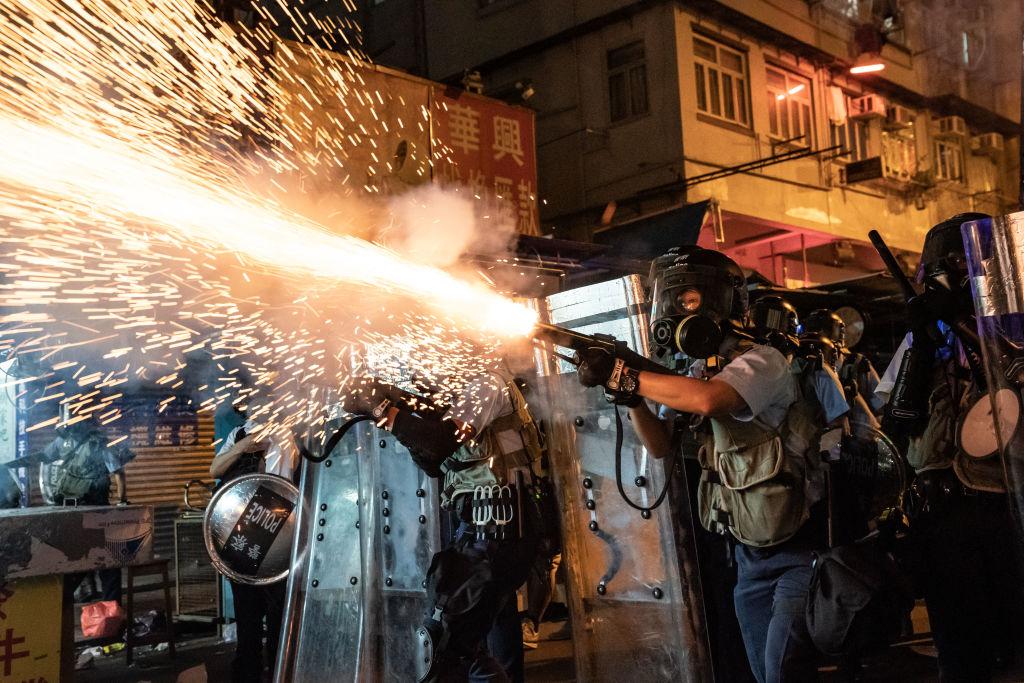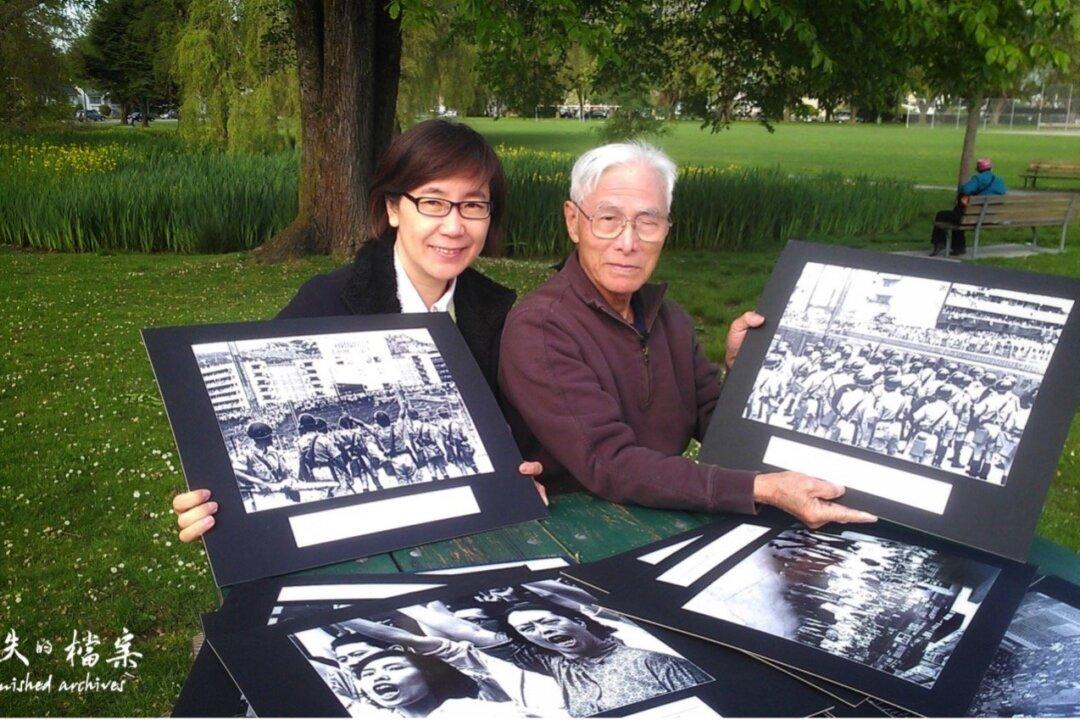Article 23 of the Basic Law was speedily passed despite opposition from democratic communities the world over. People look at its passage as signaling the ultimate collapse of the rule of law in Hong Kong. To voice their displeasure, the diaspora of Hongkongers around the globe spontaneously organized various protests on March 23.
Three years ago, Hong Kong “welcomed” its version of the National Security Law (NSL), which serves to wobble the foundation of Hong Kong’s rule of law. As it seems not good enough, Article 23, as claimed by the government, is there to “coordinate” and “supplement” all “shortcomings” of the NSL. However, in the eyes of most people, it will become the last nail in the coffin for the rule of law in Hong Kong.


